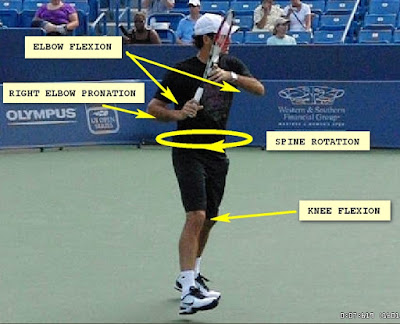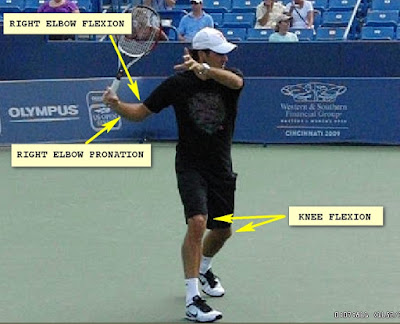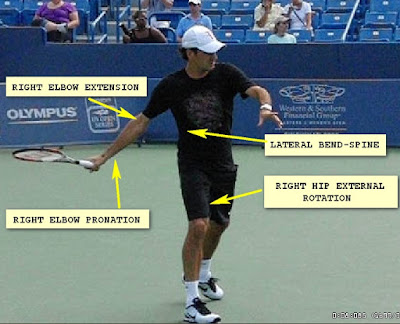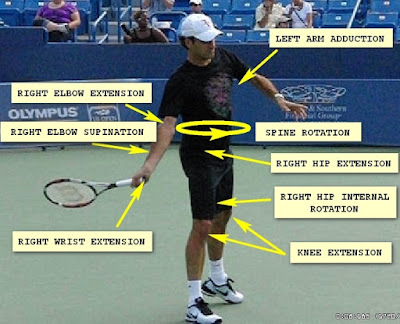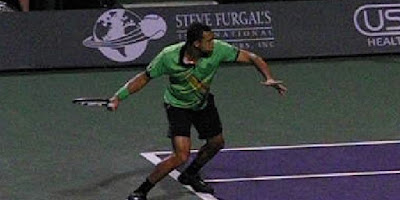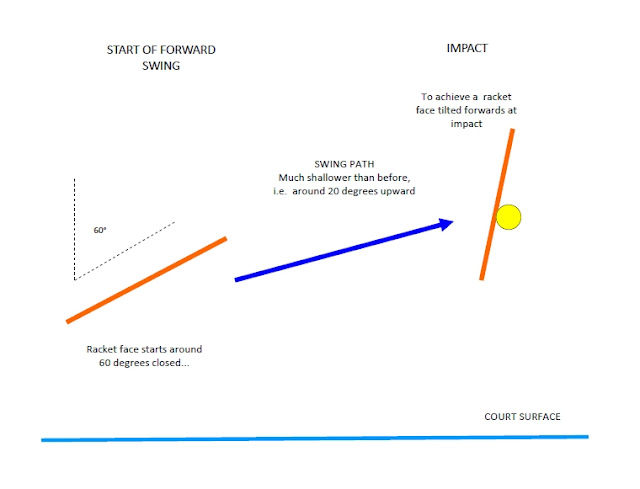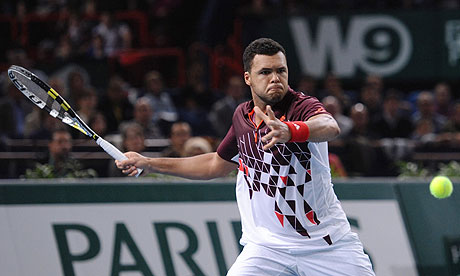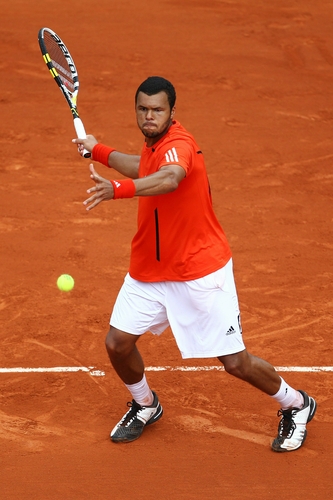formula16
Rookie
I hit a decent forehand now but i am aware that i have a bit of a bend in my elbow. I know that is not a bad thing but i want to hit a straight arm forehand (want a more aesthetically pleasing forehand and its more effecient anyway, not the point of this thread). So right now i've got a decent double bend going and i want to convert it to straight arm (please dont tell me how stupid this is). So it shouldnt be that hard right considering i already have the basic forehand down.
any tips anyone would like to share?
is it as simple as consciously thinking about keeping the elbow as straight as possible?
what about this push/pull business?
what i want to really know is if the straight arm is a result of doing something else correctly. I worked many hours on the wrist aspect of the forehand. I saw many vidoes of most top pros seemingly bend their wrists back right before they hit their forehands. So i tried to emulate this. It failed badly as i shanked and mis hit a lot of balls. After much experimentation, i realised the wrist snapping back was a result of the tremendous body rotation The racquet was "lagging back" as an effect of inertia. So the top pros were not actually concentrating on "snapping the wrist" back as i had been trying to learn. After realising this, my forehand immediately improved greatly, with the shot becoming very powerful and with great spin.
I want to know if the straight arm component of the forehand is a similar deal
Thanks!
thanks
any tips anyone would like to share?
is it as simple as consciously thinking about keeping the elbow as straight as possible?
what about this push/pull business?
what i want to really know is if the straight arm is a result of doing something else correctly. I worked many hours on the wrist aspect of the forehand. I saw many vidoes of most top pros seemingly bend their wrists back right before they hit their forehands. So i tried to emulate this. It failed badly as i shanked and mis hit a lot of balls. After much experimentation, i realised the wrist snapping back was a result of the tremendous body rotation The racquet was "lagging back" as an effect of inertia. So the top pros were not actually concentrating on "snapping the wrist" back as i had been trying to learn. After realising this, my forehand immediately improved greatly, with the shot becoming very powerful and with great spin.
I want to know if the straight arm component of the forehand is a similar deal
Thanks!
thanks

